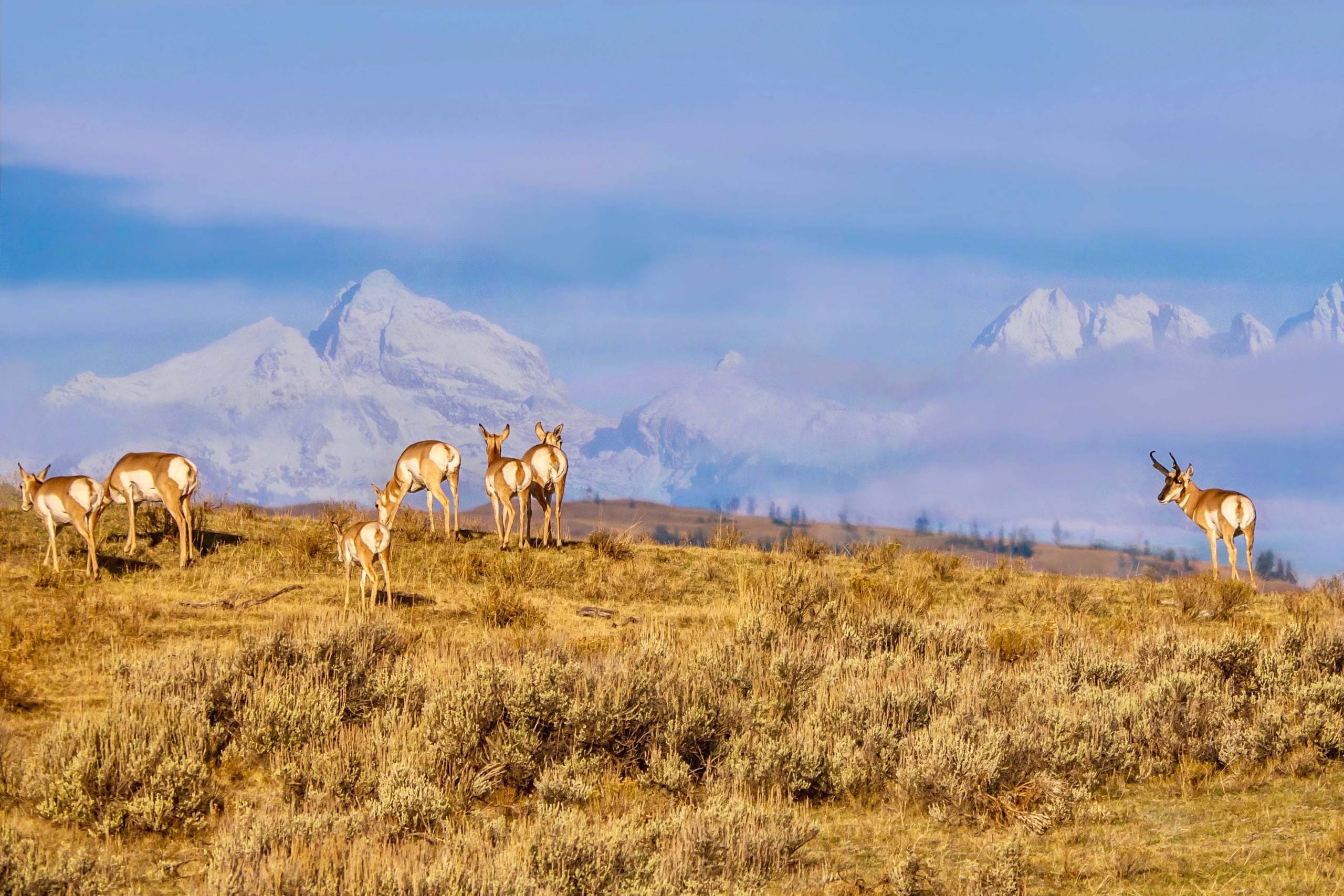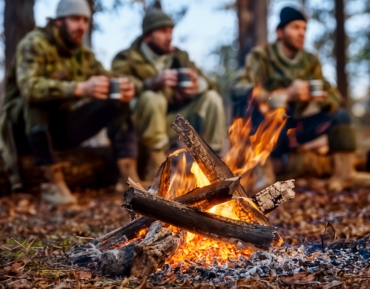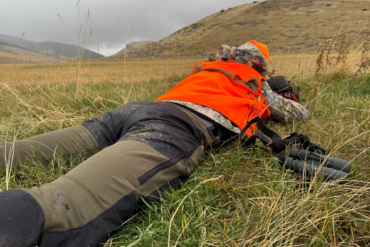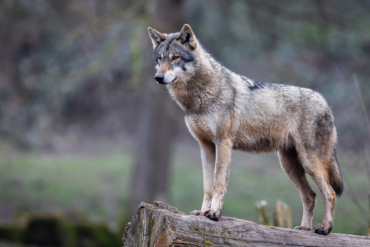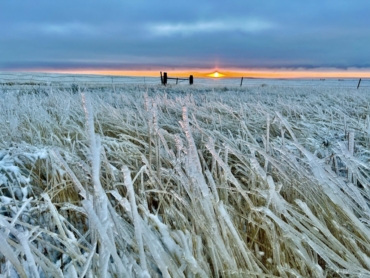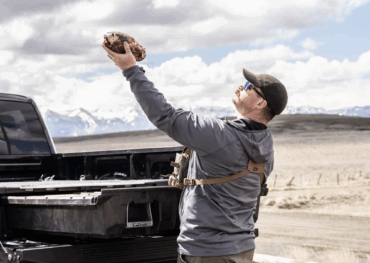The bill would create funding from a modest price increase in conservation stamps. And if passed, the increase will help Wyoming’s hunting heritage in a variety of ways.
Wyoming boasts some of the most bountiful and versatile hunting grounds in the nation. And it also boasts some of the wildest migration corridors and public lands in the country.
But keeping opportunity intact for hunters and anglers remains top of mind. A bill currently in the Wyoming legislature aims to help hunters, anglers, and wildlife by raising the price of the annual conservation stamp.
Conservation stamps are a useful funding tool for most state fish and game departments. Hunters and anglers are typically required to purchase a conservation stamp to hold a fishing or hunting license for the year. And these stamps serve as a direct funding source for wildlife and habitat conservation.
The bill proposes an increase in price in Wyoming’s annual conservation stamp, from $12.50 to $21. Furthermore, the modest increase of $8.50 per stamp would give Wyoming Fish and Game an extra $1.6 million annually to invest.
And these funds would then move entirely to programs that serve both the sporting community and wildlife management practices.
The Issue of Access

The price increase creates more access for hunters and anglers to inaccessible public lands through programs that collaborate with landowners. And it’s important to point out that all landowner-involved programs are voluntary. Further, 85% of the fund would go directly to creating more access through programs like Wyoming’s AccessYes program.
“Having something positive on the horizon. like access, helps bring us back together,” said Jess Johnson, government affairs director for the Wyoming Wildlife Federation. “It’s good for us hunters and anglers. It’s good for generations to come. And it’s good for the landowners who deserve fair compensation for their efforts.”
On the other end of access, the bill looks to put the remaining 15% of funds directly into wildlife crossings for Wyoming’s migratory species and other wildlife. Specifically, this includes specialized fencing, overpasses, underpasses, and signage.
Increased numbers of designated wildlife crossings — dedicated structures that don’t interrupt traffic on roads — mean safer commutes for humans and animals. And putting together the puzzle pieces of safer migrations and increased public access will allow for better wildlife management across the board.
“Wyoming Game and Fish already has the ‘arrows in the quiver’ to negotiate access agreements with landowners. But they’re severely underfunded,” said bill co-sponsor Rep. Cyrus Western (R-WY).
“This bill is a major step forward in helping the hunting public get more access to high-quality public land while simultaneously respecting private property rights.”
